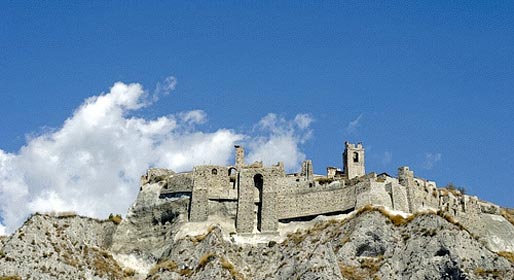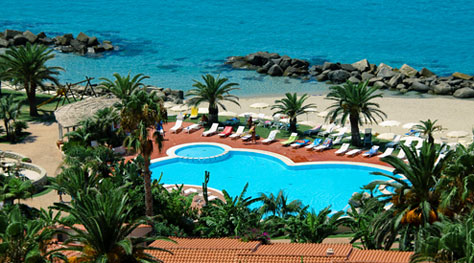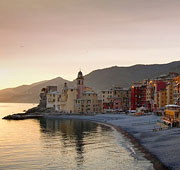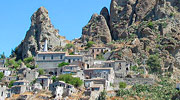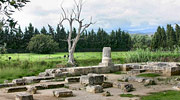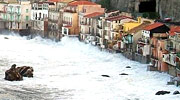A journey through time
Tracing the Ionic coast, a journey through modern-day Calabria; a land which still conserves sites of great archaeological and religious importance
This itinerary along the Ionic coast of Calabria from the far south to the north commences in Pentedattilo. The name, of Greek origin, means "five fingers" and describes the town as the original settlers would have seen it: dominated by five great spurs of rock, similar in form to that of a giant hand.
Today the fingers are only partially visible and the old town has been abandoned, its inhabitants having all gradually descended in to the valley, leaving behind a veritable ghost town, and an eerie, yet at the same time fascinating, experience for those visitors wandering through its deserted streets.
The Jasmine coast and Paolo Orsi's discoveries
Proceeding along the Riviera dei Gelsomini, we reach Brancaleone, famous for the cultivation of flowers and fruit such as jasmine and bergamot from which exquisitely scented essences are obtained.
Via the SS106 we head towards Ardore Marina and Ardore Superiore, the first located on the coast, the latter occupying a panoramic position high up on the mountainside and famous for its ancient medieval center, church, and castle.
The next stop on this Calabrian itinerary sees us being transported back in time, amidst the traces of Locri's inhabitation by the ancient Greeks.
Impressive monuments uncovered by the eminent archaeologist Paolo Orsi include the Marasà Sanctuary, the Marafioti Temple and the Greek-Roman theatre
Signs of the times, in Gerace
The name of the town Gerace is, again, of Greek origin and derives from the word "Jerax" or sparrow hawk. Gerace is, arguably, the most picturesque town on Calabria's Ionic coast, boasting an urban plan of medieval origin and numerous traces of past Byzantine, Arab, and Norman dominions.
Not to be missed: the Cathedral of the Assunta, and the Piazza San Francesco: a magnificent square overlooked by the Franciscan Convent, the Byzantine church of San Giovannello and the Baroque Church of Sacro Cuore di Gesù.
Jazz festivals, ancient burial grounds and an underwater museum
On the slopes of Aspromonte, we find Roccella Jonica, famous for the Jazz Festival hosted in the town's Carafa Castle each summer.
Roccella is also the destination for a steady flow of pilgrims to the nearby Sanctuary of Maria Santissima delle Grazie.
Back on the SS106, we travel onwards as far as Monasterace Marina. In ancient times, the town was known as Kaulon and the signs of past civilizations can still be seen in the remains of a Greek necropolis, a Doric temple, and the town's Underwater Archaeological Park.
A philosopher and the Cristo Pantocrate
At Stilo, birth town of the philosopher Tommaso Campanella, there is one of the clearest signs of the passage of monks and hermits through this part of southern Italy.
In search of peace and tranquillity, the monks identified the high lands of Calabria as ideal territory where to construct almost inaccessible places of worship, such as the Cattolica
Cattolica is a veritable Byzantine masterpiece with Greek cross plan and frescoes depicting "Christ Pantocrate" dating back to the year 1000.

